Mapping and Restoring Tundra Damage
In the quest to heal tundra damage, utilizing advanced technologies like remote sensing and drones is vital. Mapping helps pinpoint areas in need of restoration due to overgrazing, infrastructure, and climate change impacts. Restoration strategies, such as native plant revetation and erosion control, work to revive these fragile ecosystems. Success stories from Alaska to Canada demonstrate the promise of rejuvenating the tundra. Each project showcases the resilience and importance of these unique environments. Unveil the full spectrum of techniques, successes, and community involvement for a deeper understanding.
Importance of Tundra Ecosystems
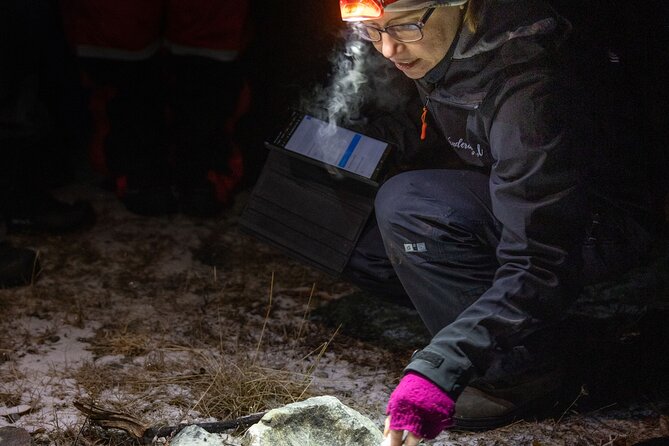
The tundra ecosystems, despite their harsh conditions, play a vital role in supporting unique plant and animal life. These cold and treeless regions are home to specialized species adapted to survive in extreme cold, such as Arctic foxes, polar bears, caribou, and various migratory birds.
The tundra acts as a crucial breeding ground for many of these animals, providing a safe haven for raising their young. On top of that, the vegetation in the tundra, including mosses, lichens, and hardy shrubs, contributes to the overall biodiversity of the area.
This delicate ecosystem also helps regulate the Earth’s climate by storing large amounts of carbon in its frozen soil, making the tundra an essential component of the global environment.
Here's some more nearby activities we've reviewed
Factors Contributing to Tundra Damage
In the fragile tundra ecosystems, human activities such as industrial development and climate change have been significant contributors to the damage observed in these regions. This damage is further exacerbated by factors such as:
-
Overgrazing: Excessive grazing by animals can lead to the destruction of vegetation cover, exposing the soil to erosion.
-
Oil and Gas Exploration: Exploration activities in tundra regions can result in habitat fragmentation, pollution, and disturbances to wildlife.
-
Infrastructure Development: Construction of roads, pipelines, and buildings can disrupt tundra habitats, alter drainage patterns, and fragment ecosystems, impacting flora and fauna.
These factors collectively pose a threat to the delicate balance of the tundra environment, highlighting the need for proactive conservation efforts.
Techniques for Mapping Tundra Damage
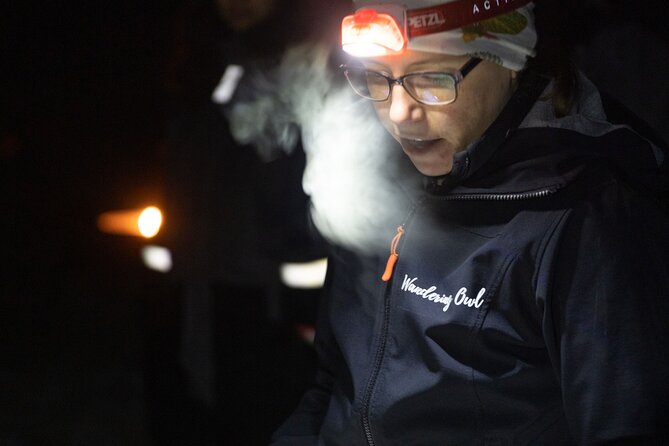
Utilizing advanced remote sensing technology, specialists pinpoint areas of tundra damage by analyzing vegetation health and soil composition. These experts use tools like satellite imagery and drones to assess the extent of damage caused by factors such as climate change or human activities.
By interpreting the data collected, they create detailed maps that highlight areas with degraded vegetation and compromised soil quality. The analysis goes beyond surface level observations, delving into the underlying causes of tundra deterioration.
This mapping process is crucial for understanding the scope of the damage and planning effective restoration strategies. Through these innovative techniques, researchers can accurately identify vulnerable tundra regions and prioritize conservation efforts to mitigate further environmental harm.
Strategies for Tundra Restoration
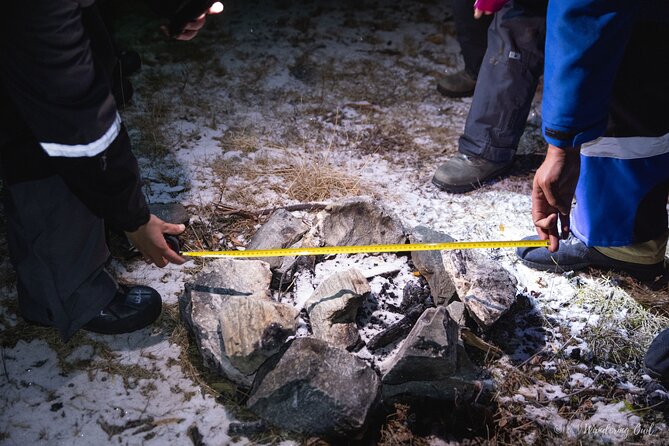
Analyzing the data from tundra mapping efforts reveals key insights that inform effective strategies for tundra restoration. When considering restoration efforts, the following strategies are crucial:
-
Revegetation: Introducing native plant species to restore vegetation cover and promote biodiversity.
-
Hydroseeding: Using a mixture of seeds, mulch, and nutrients sprayed over damaged areas to kickstart plant growth.
-
Erosion Control: Implementing measures like silt fences or bioengineering techniques to prevent soil erosion and promote stability.
These strategies, based on thorough mapping analysis, aim to revitalize the tundra ecosystem, enhance resilience, and support the recovery of this delicate environment.
Case Studies of Successful Restoration Projects

Several successful restoration projects in the tundra have showcased the remarkable resilience of this unique ecosystem. One notable case study is the restoration project in the Alaskan tundra where native plant species were reintroduced to areas affected by oil spills. Through careful monitoring and community involvement, the tundra began to recover, with vegetation flourishing once again.
In another project in Northern Canada, the restoration efforts focused on rewilding areas that had been previously disturbed by mining activities. By implementing innovative techniques such as soil stabilization and habitat enhancement, the tundra ecosystem gradually regenerated, providing a habitat for various wildlife species.
These case studies highlight the importance of proactive restoration measures in safeguarding the delicate balance of the tundra environment.
Community Involvement in Tundra Conservation
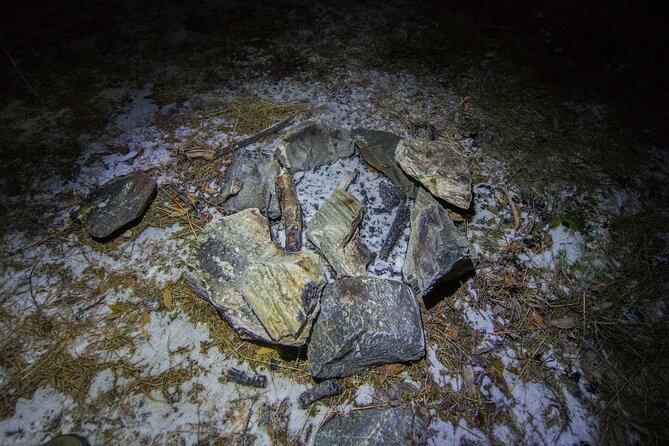
In engaging with tundra conservation efforts, local communities play a vital role in preserving the fragile ecosystem. These communities contribute in various ways:
-
Traditional Knowledge: Indigenous communities hold valuable traditional knowledge about the tundra, which is crucial for conservation efforts.
-
Hands-On Participation: Local residents actively participate in restoration projects, contributing labor and expertise.
-
Education and Awareness: Community involvement helps raise awareness about the importance of tundra conservation among residents and visitors alike.
Future Outlook for Tundra Rehabilitation
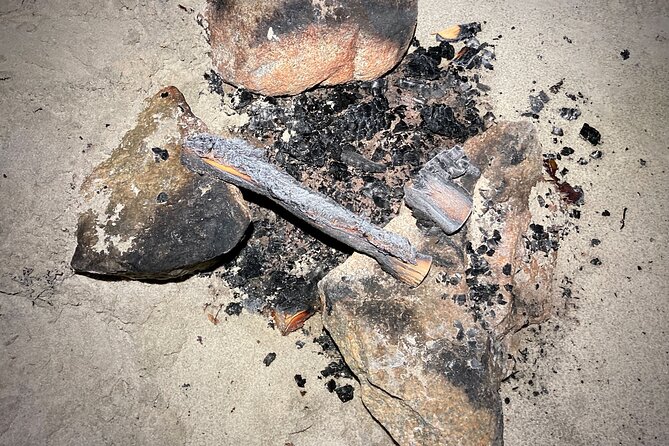
The future outlook for tundra rehabilitation shows promising advancements in sustainable restoration practices, aimed at preserving this unique ecosystem for generations to come. Researchers are exploring innovative techniques to restore tundra areas impacted by climate change and human activities. These methods include using native plant species, implementing controlled burns to prevent wildfires, and employing monitoring technologies to assess the effectiveness of restoration efforts.
Collaborative initiatives between scientists, conservationists, and local communities are crucial for the success of tundra rehabilitation projects. By prioritizing conservation and sustainable practices, there’s hope that the tundra ecosystem can recover and thrive in the face of ongoing environmental challenges. The commitment to long-term monitoring and adaptive management strategies will be key in ensuring the resilience of tundra habitats for the future.
Here's a few more nearby tours and experiences we have reviewed.
Common questions

What Are the Specific Tools and Technologies Used for Mapping Tundra Damage?
When exploring the current question, one can expect a detailed overview of the specific tools and technologies utilized for mapping tundra damage. This information will provide valuable insights into the methods employed for environmental assessment and restoration.
How Long Does It Typically Take to See Significant Progress in Tundra Restoration Efforts?
It typically takes several years to see significant progress in tundra restoration efforts. The process involves careful planning, implementation, and monitoring to ensure the ecosystem’s recovery. Patience and dedication are key to achieving successful results.
Are There Any Specific Regulations or Policies in Place to Prevent Further Damage to Tundra Ecosystems?
Regulations and policies exist to prevent further damage to tundra ecosystems. These measures aim to safeguard delicate environments by governing activities that may impact them. Compliance with these rules is crucial for preserving the fragile balance of tundra ecosystems.
What Are the Main Challenges Faced When Trying to Involve Local Communities in Tundra Conservation Efforts?
When trying to involve local communities in conservation efforts, the main challenges include balancing traditional practices with modern conservation needs, lack of awareness or interest, limited resources, and communication barriers. Collaboration and education are key.
Are There Any Ongoing Research Projects Focused on Developing New Techniques for Tundra Restoration?
Research teams actively explore innovative methods for tundra restoration. They investigate new techniques to promote ecosystem recovery and biodiversity. These projects aim to address environmental damage and enhance sustainability in delicate Arctic regions, fostering a balance between conservation and human activities.
Here's more of our most recent tour reviews happening neaby
- Lapland Lyngen Alps Snowmobile Safari From Tromso
- Midnight Concert in Tromsø Cathedral
- Private Airport and City Transfer in Tromso
- Husky Sledding Self-Drive Adventure in Tromso
- Tromsø Private Tour to Kvaløya & Sommarøy (Mar )
- Arctic Wildlife and Fjord Sightseeing
- Adults Only Aurora Hunt Tour With Citizen Science in Tromso
- Snowmobile Adventure
- Tromsø Arctic Summer Adventure – Tour With a Local
- History Fjordcruise Around The Isle Of Tromso – Luxury Catamaran
- Snowmobile Safari in the Amazing Lyngen Alps
Last Words
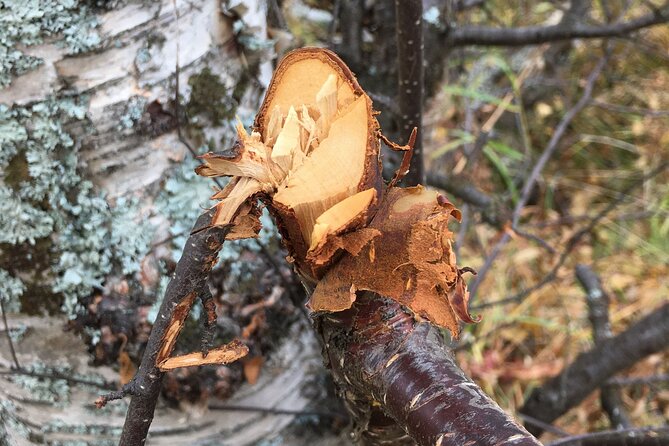
To sum it up, the mapping and restoration of tundra damage are vital for preserving the delicate balance of flora and fauna in these unique ecosystems.
By employing innovative techniques and strategies, conservationists can successfully rehabilitate tundra landscapes and ensure their resilience for future generations.
Through community involvement and ongoing efforts, tundra restoration projects continue to make a positive impact on the environment, highlighting the importance of safeguarding these fragile ecosystems for the years to come.